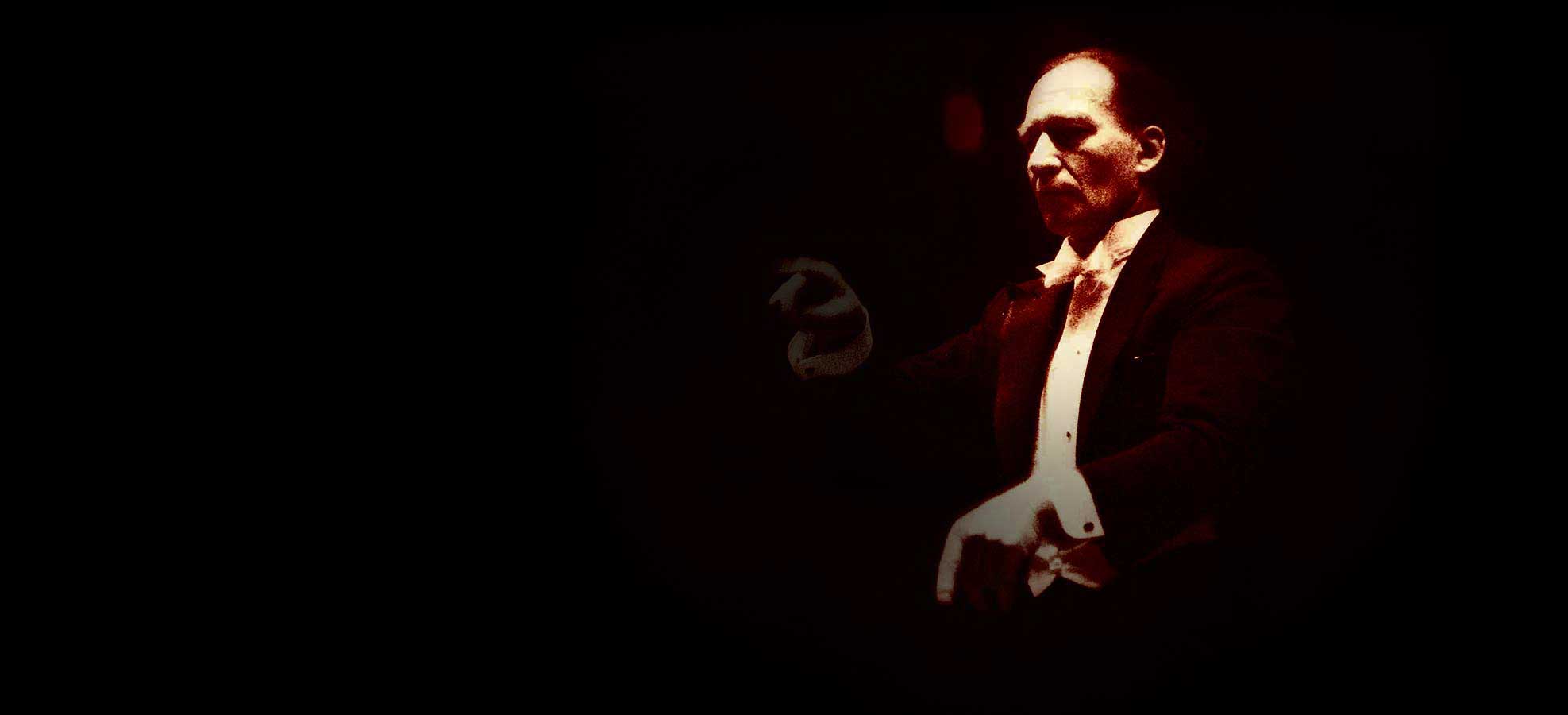Emmy Bettendorf
“But I am digressing from recordings. And I know that readers will be most interested in the singers that recorded. Does anyone know who owns a phonograph not know the beautiful voice of Emmy Bettendorf which I once heard an Italian characterize as the German Muzio? Ah, but Bettendorf was not only a great singer but a great musician; she floated her exquisitely lyrical tones with incredible ease. I have always been envious that it had not fallen to my lot to make the Easter Hymn with her from Cavalleria Rusticana, for it is one of the great vocal records of all times. I recall my work with Lotte Lehmann, whose mellow tones and exquisite lieder singing, besides her operatic work, are unforgettable to my ears. So many of her lieder recordings had the required orchestral backgrounds, but a few she made with me at the piano. All revealed her spontaneity and precious feeling for poetic line.
"Then there was Margaret Baeumer, the Wagnerian soprano, who was a remarkable Isolde. Perhaps none of her recordings reveal her so strikingly as the one she made with me of Isolde's Narrative and Curse. And I could not forget Gitta Alpar, the Hungarian coloratura soprano, a first-class musician with a lot of "oomph", nor could I forget the Parisian Nivon Vallinwith her lovely sweetness; she sang an excellent Solveig's Song that remain uppermost in my memory. And there was Karen Branzell, who sang the role of Ortrud in Lohengrin as well as she did the cocotte Giulietta in the Tales of Hoffmann.
"I should also like to mention a few instrumentalists who remain in my memory as outstanding. The youthful violinist Joseph Wolfsthal, a pupil of Carl Flesch, who was a wonderful Mozart player. Unfortunately, he died too soon. Then there was the late Moritz Rozenthal, with whom I made the Chopin E minor Concerto and the Liszt E flat major. He was an extraordinary musician who knew everything in the best of tradition.
"It may be worth mentioning that we tackled ensemble operatic work to better advantage than most European recording companies in the early 1930s. We, at Parlophone, brought out the first recordings of consequence from Strauss' Der Rosenkavalier. Many of these are cherished today for the lovely voice of Meta Seinemeyer as the Marschallin. Emanuel List, who is well known here, was Baron Ochs. For this recording session we had the whole Dresden State Opera Orchestra, and two of their finest sopranos, Grete Merrem-Nikisch and Elisa Stuenzer.
"Before speaking of my latest recording session in Germany, I should like to say that the reason we got such fine results was that the Berlin State Opera Orchestra was always on tap and this incredibly experienced organisation was never in need of rehearsal. My last recording session was in May 1932. We had assembled to make some operatic arias with that gifted soprano, Elisabeth Rethberg. She made selections from her repertoire - arias from La Tosca, Mme. Butterfly, La Bohème, Cavalleria Rusticana, Nozze di Figaro, etc. We were about to begin our session when my whole orchestra, about 90 members of the Berlin State, suddenly appeared in the black and brown uniforms of Hitler. The leaders tried to explain this unexpected disguise with embarassed smiles. "It does not mean anything, Maestro," the concertmaster said, "we are just doing it for a friendly gesture." It was in the middle of that session with Rethberg that I got a telegram from Holland inviting me to conduct a series of concerts in Amsterdam. Two days later, I left Germany, never to come back."
Time marches on, as Dr Weissmann says, and no man in music lives on his past experiences. He is elated with his new recording work as principal opera conductor for Victor recordings. He has to date made records with more than a dozen of the leading singers here in ensembles and selections from seventeen operas. Besides his association with singers, Dr. Weissmann has made recordings with William Primrose and Jascha Heifetz.
Bron: The American Record Guide, november/december 1946, Volume XIII









